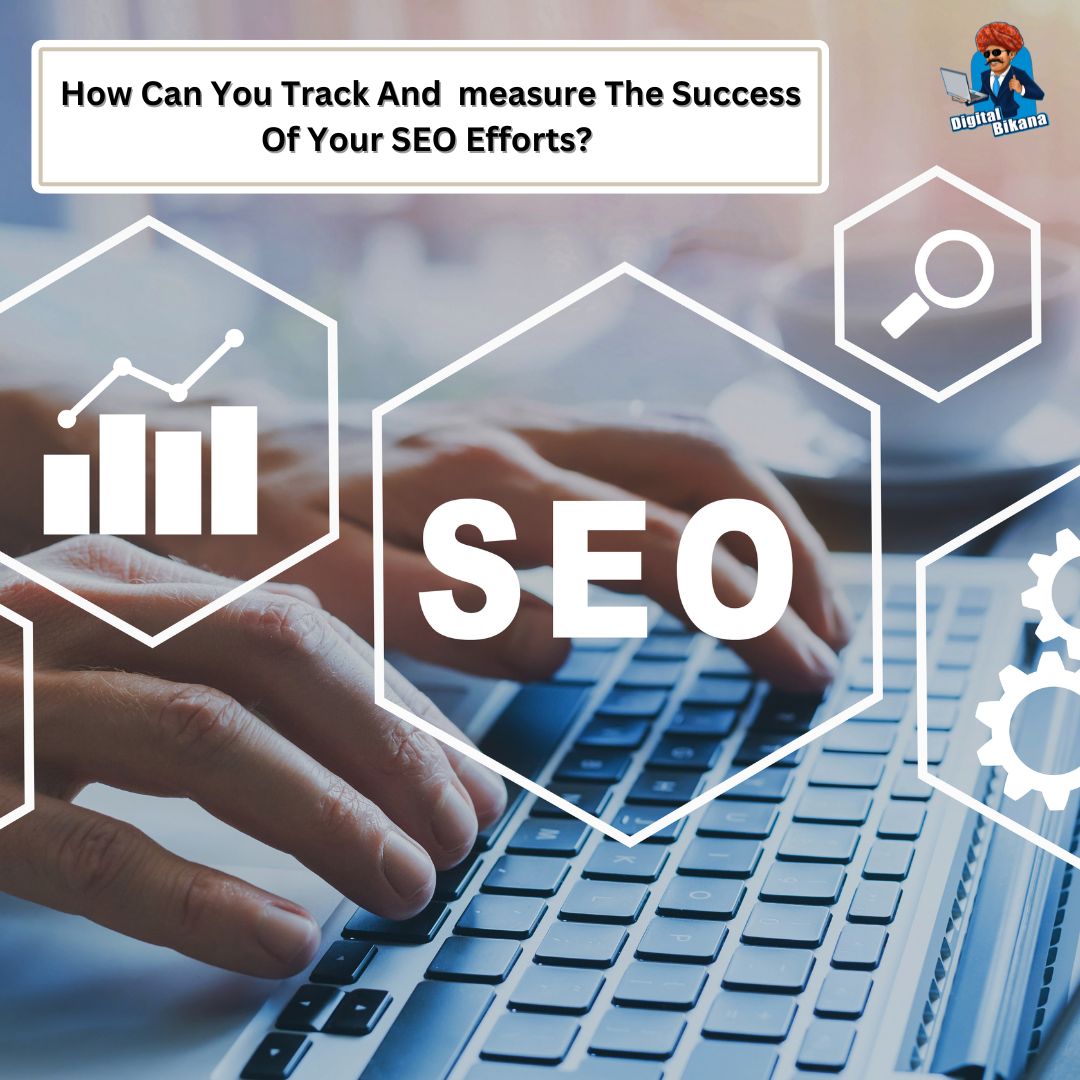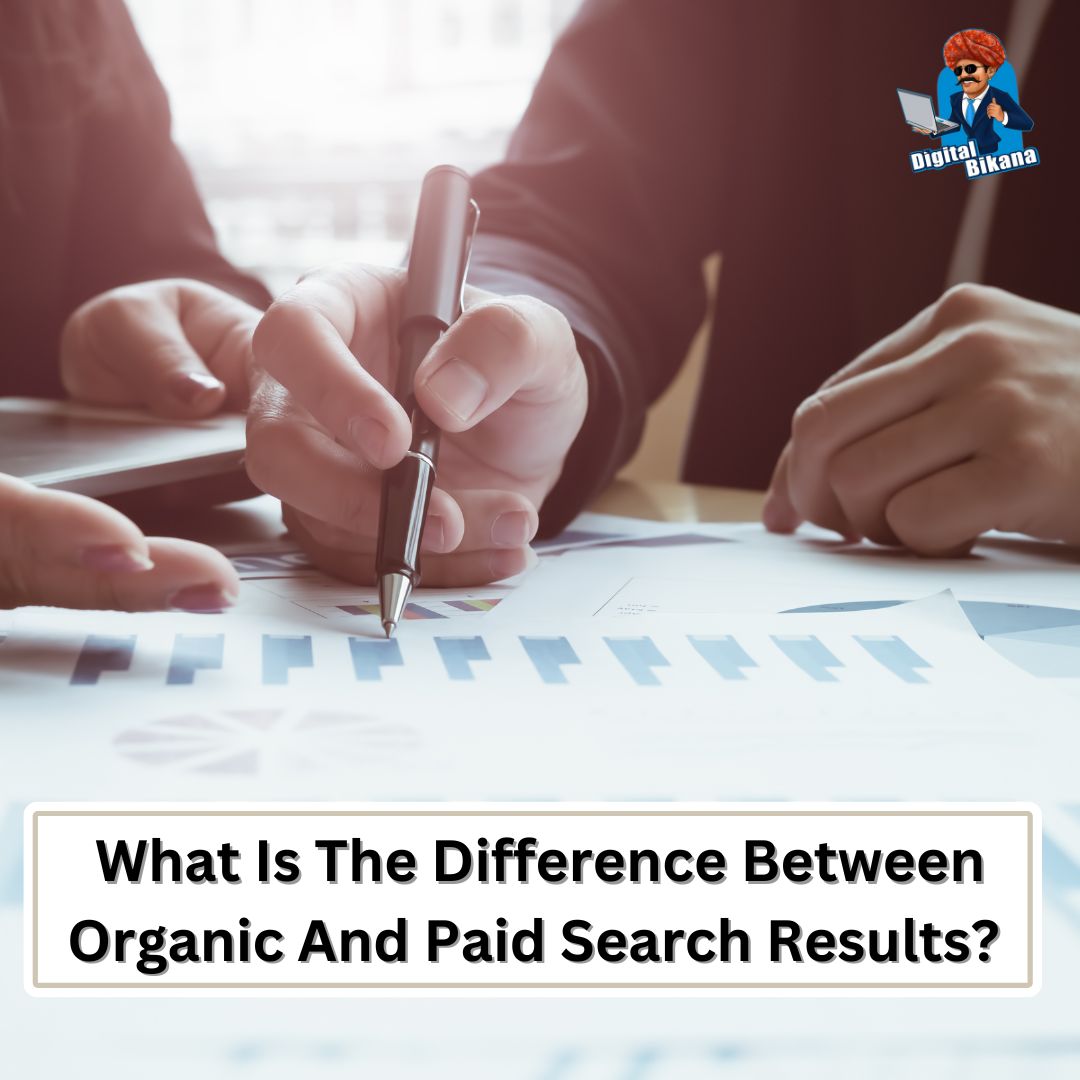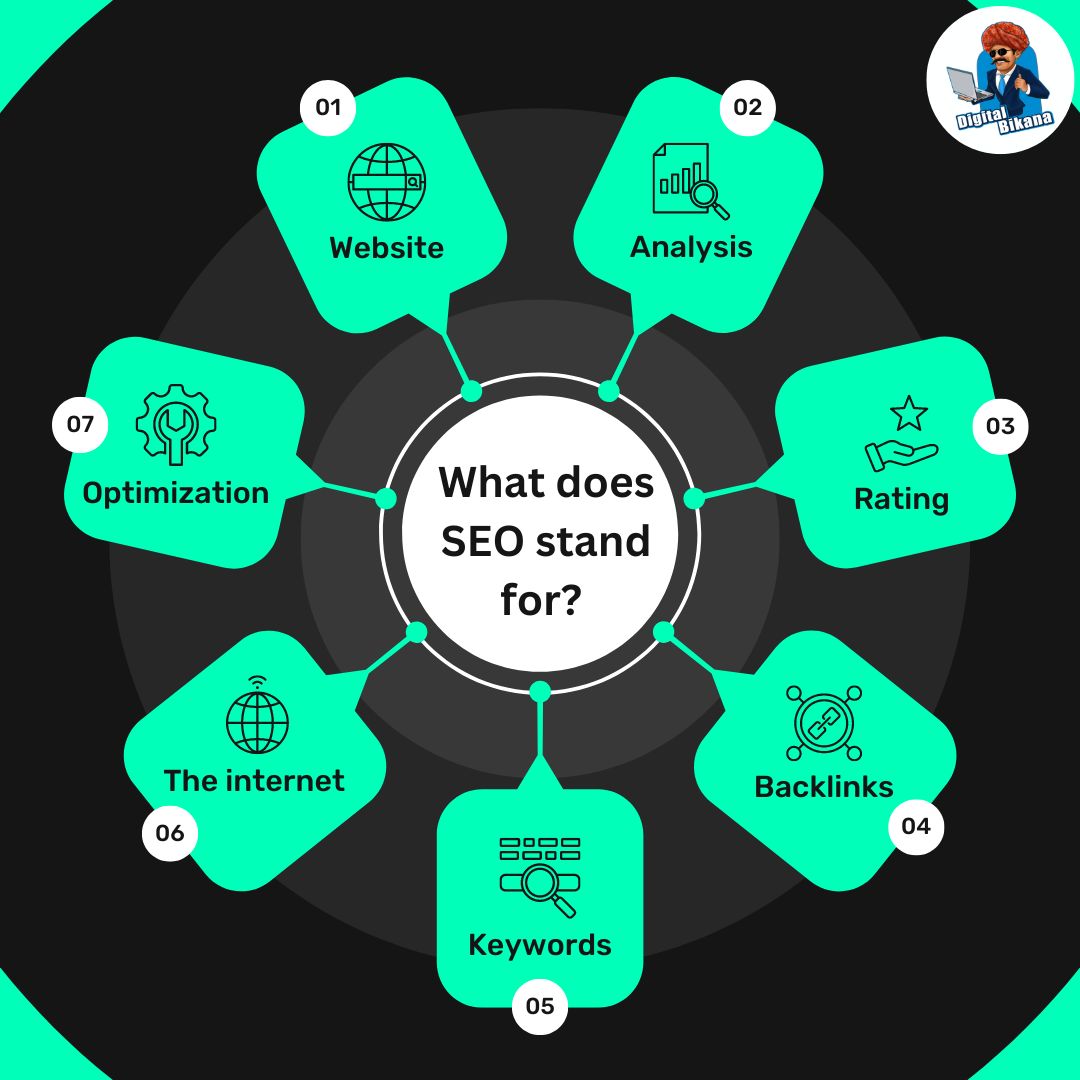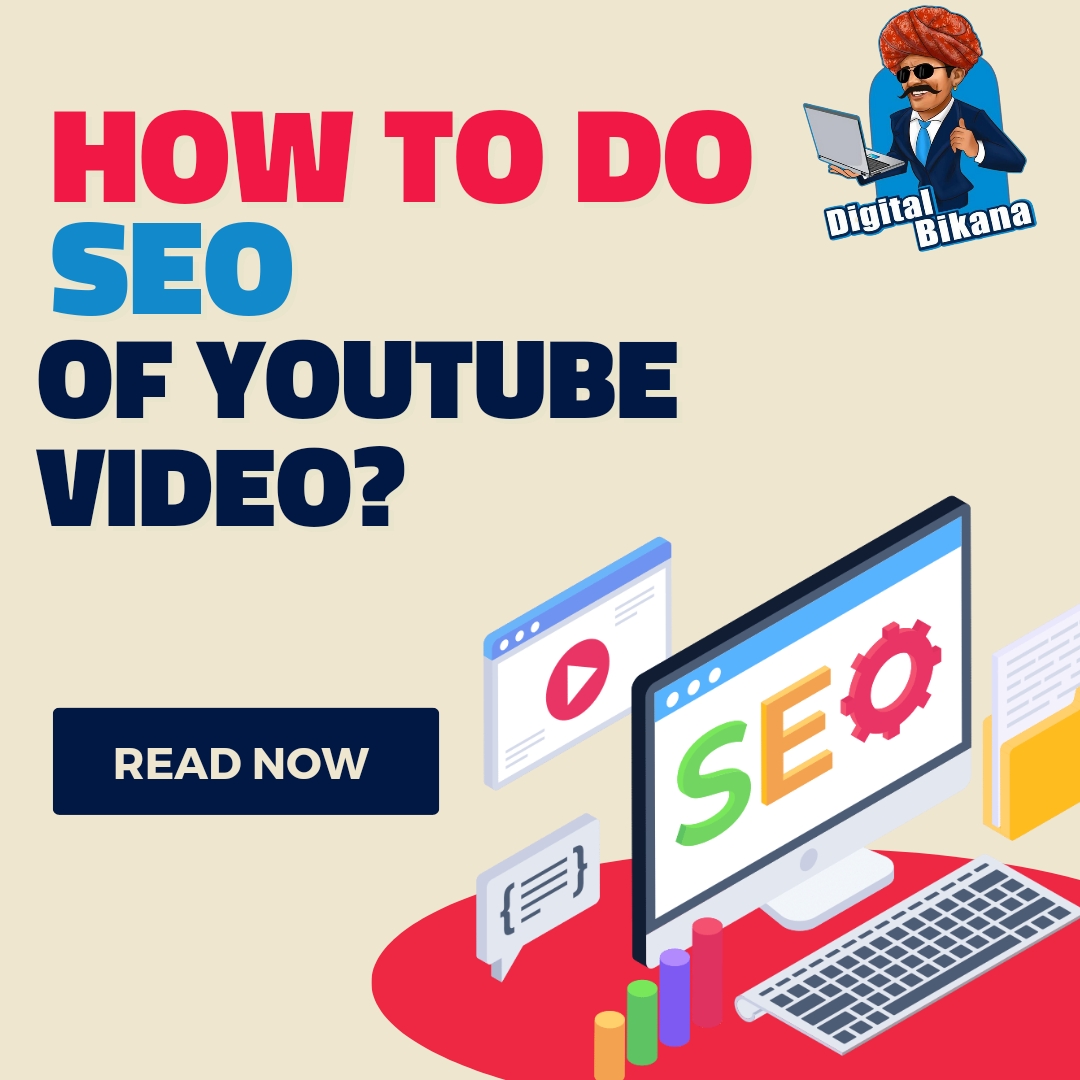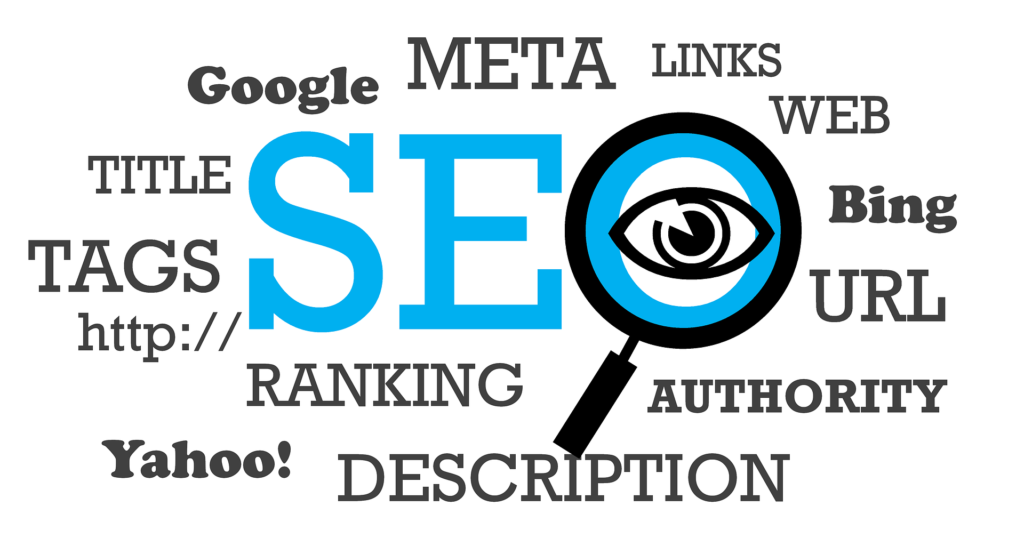How can you track and measure the success of your SEO efforts?
In this article we are going to talk about How can you track and measure the success of your SEO efforts? Using effective SEO strategies is important for making your website more visible and attracting organic traffic. However, it’s equally important to track and measure the success of your SEO efforts to ensure that you’re heading in the right direction.
How can you track and measure the success of your SEO efforts?
In this article, we will explore various techniques and tools that can help you monitor and evaluate the performance of your SEO campaigns.
1. Define Clear Goals and KPIs
Before diving into tracking and measuring SEO success, it’s essential to establish clear goals and key performance indicators (KPIs). Examples of goals could include increasing organic traffic, improving keyword rankings, boosting conversions, or enhancing user engagement. By defining specific metrics, you’ll have a benchmark to assess your progress and identify areas that require improvement.
When setting your goals, consider
The SMART Framework
Specific, Measurable, Achievable, Relevant, and Time-bound. This ensures that your goals are well-defined and aligned with your overall business objectives.

2. Monitor Keyword Rankings
Tracking your keyword rankings is a fundamental aspect of SEO measurement. Tools like Google Search Console, SEMrush, or Moz can help you monitor the performance of your target keywords over time. Keep an eye on both the average position and any changes in rankings. Analyze the impact of your optimization efforts and make necessary adjustments to improve rankings.
In addition to tracking rankings, consider tracking the visibility of your keywords. Tools like SEMrush offer visibility metrics that show how often your website appears in search results for specific keywords.
3. Analyze Organic Traffic
Organic traffic is a strong indicator of SEO success. Utilize web analytics tools like Google Analytics to monitor the overall traffic levels to your website. Pay attention to organic traffic specifically and identify any significant fluctuations. Track the sources of organic traffic, popular landing pages, and the behavior of organic visitors to gain valuable insights into your SEO performance.
Dig deeper into your organic traffic data by analyzing metrics such as new vs. returning visitors, geographical location, and device usage. This information can help you tailor your SEO strategies to target specific audiences and optimize their experience.
Read Also: What is the difference between Organic and Paid search result?
4. Assess Click-Through Rates (CTRs)
While achieving higher rankings is important, it’s equally crucial to encourage users to click on your website in search engine results. Low click-through rates may indicate poor meta titles and descriptions or unappealing snippets. Use tools like Google Search Console to monitor your average CTRs for different keywords and optimize your meta tags to improve these rates.
Experiment with compelling meta titles and descriptions that accurately reflect the content of your pages while also enticing users to click through. A/B testing can help you identify which variations are more effective in driving clicks.
5. Measure Conversion Rates
Conversions are the ultimate goal of any SEO campaign, whether they involve sales, sign-ups, or other desired actions. By setting up conversion tracking in Google Analytics or other analytics platforms, you can measure the effectiveness of your SEO efforts in generating valuable leads or customers. Analyze the conversion rates of organic traffic and identify areas where you can optimize your website’s user experience to boost conversions.
Track micro-conversions (e.g., newsletter sign-ups, form submissions) as well as macro-conversions (e.g., product purchases, contact requests) to gain a comprehensive understanding of your SEO impact on different stages of the customer journey. This data can help you identify conversion bottlenecks and optimize your conversion funnels accordingly.
6. Monitor Backlinks
Backlinks play a vital role in showing how trustworthy and credible your website is. Monitor the number and quality of backlinks using tools like Ahrefs or Moz. Keep an eye on the growth of your backlink profile and focus on acquiring links from authoritative and relevant sources. The presence of high-quality backlinks can positively impact your organic rankings and overall SEO success.
In addition to tracking the number of backlinks, pay attention to other metrics such as the domain authority of linking sites and the anchor text used. Aim for a diverse and natural backlink profile that reflects genuine endorsements of your content.

7. User Engagement and Behavior Metrics
Engagement metrics such as bounce rate, time on page, and pages per session provide insights into how users interact with your website. Analyze these metrics through web analytics tools to understand if visitors find your content relevant and engaging. If you notice high bounce rates or low time on page, it may indicate that your content needs improvement or that your website’s user experience requires attention.
Identify pages with high engagement metrics and analyze the factors that contribute to their success. Use this information to optimize underperforming pages and create content that resonates with your target audience.
You can also checkout this digital marketing institute to learn digital marketing course by enrolling in our course Or Contact Digital Bikana on +91-8949483728
Conclusion:
Tracking and measuring the success of your SEO efforts is essential for understanding the effectiveness of your strategies and making informed decisions. By monitoring keyword rankings, organic traffic, click-through rates, conversions, backlinks, and user engagement metrics, you can gain valuable insights into the performance of your SEO campaigns. Remember that SEO is an ongoing process, and consistent monitoring and optimization are key to achieving long-term success in improving your website’s visibility and organic traffic. So, Now I hope you have understood about How can you track and measure the success of your SEO efforts?

